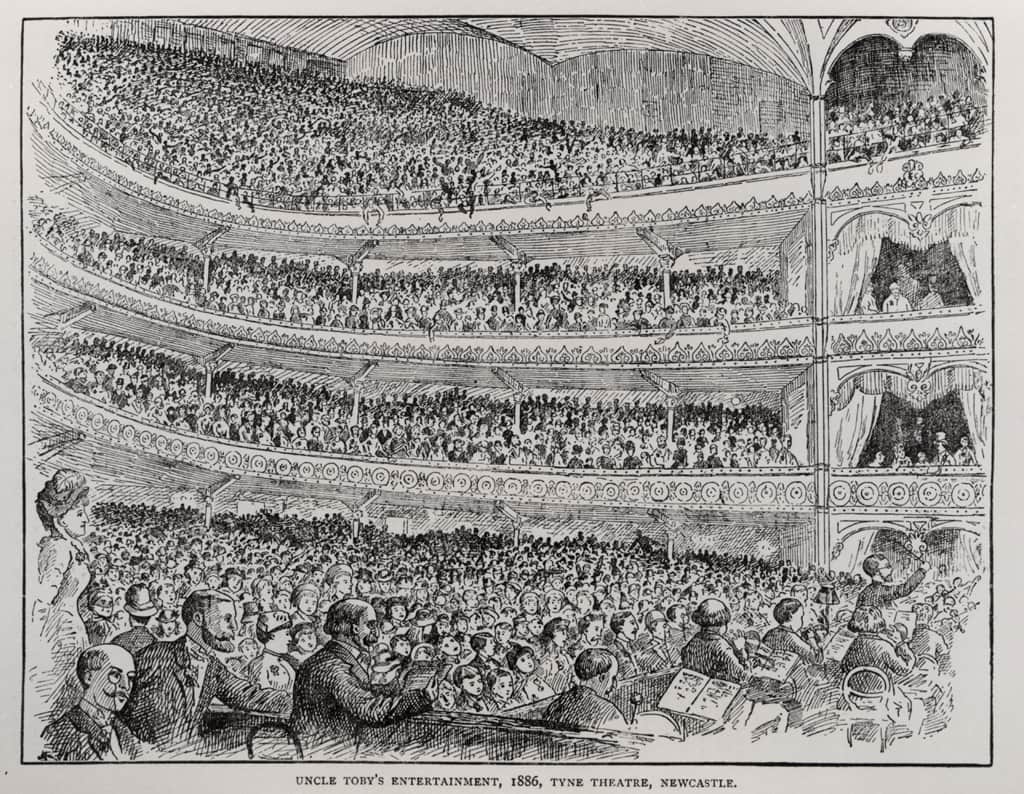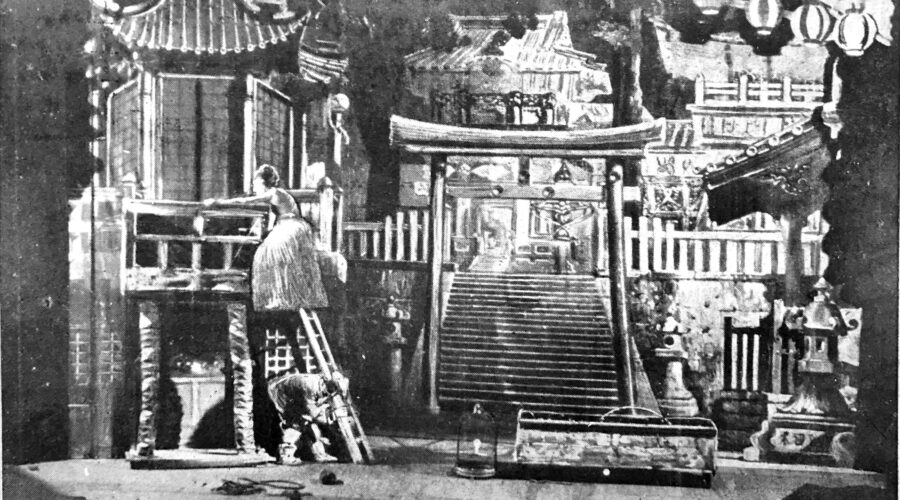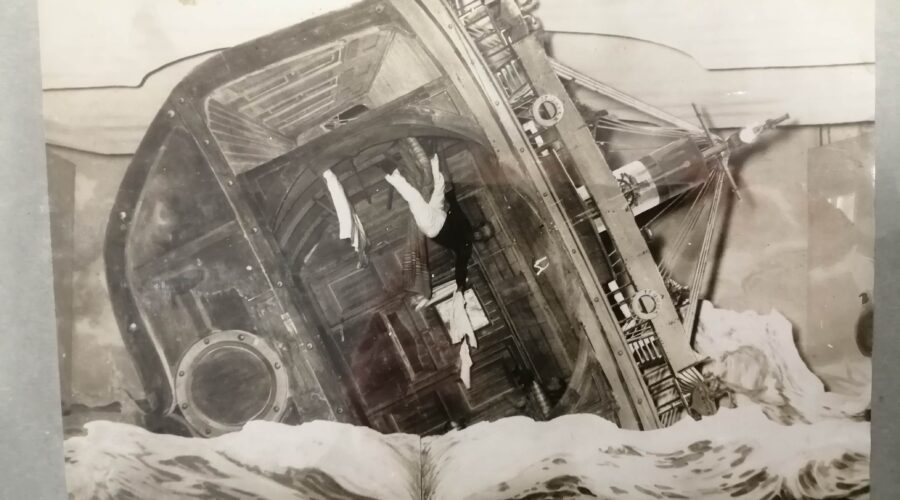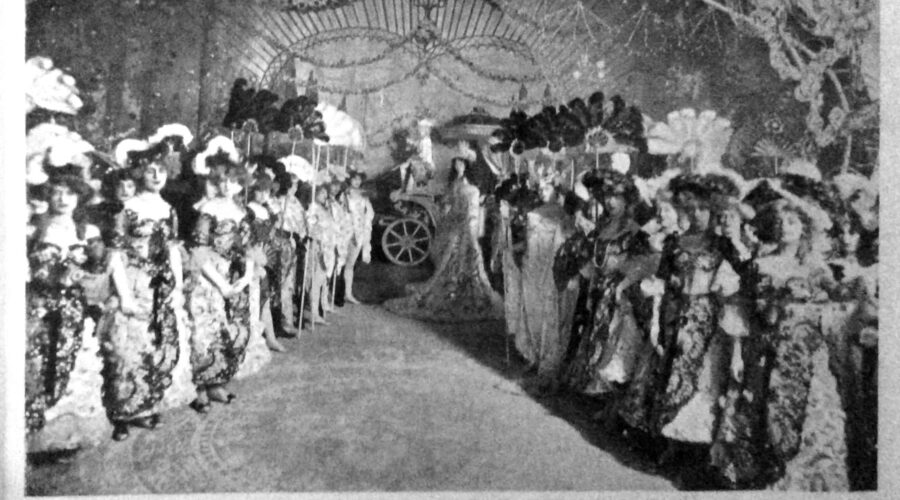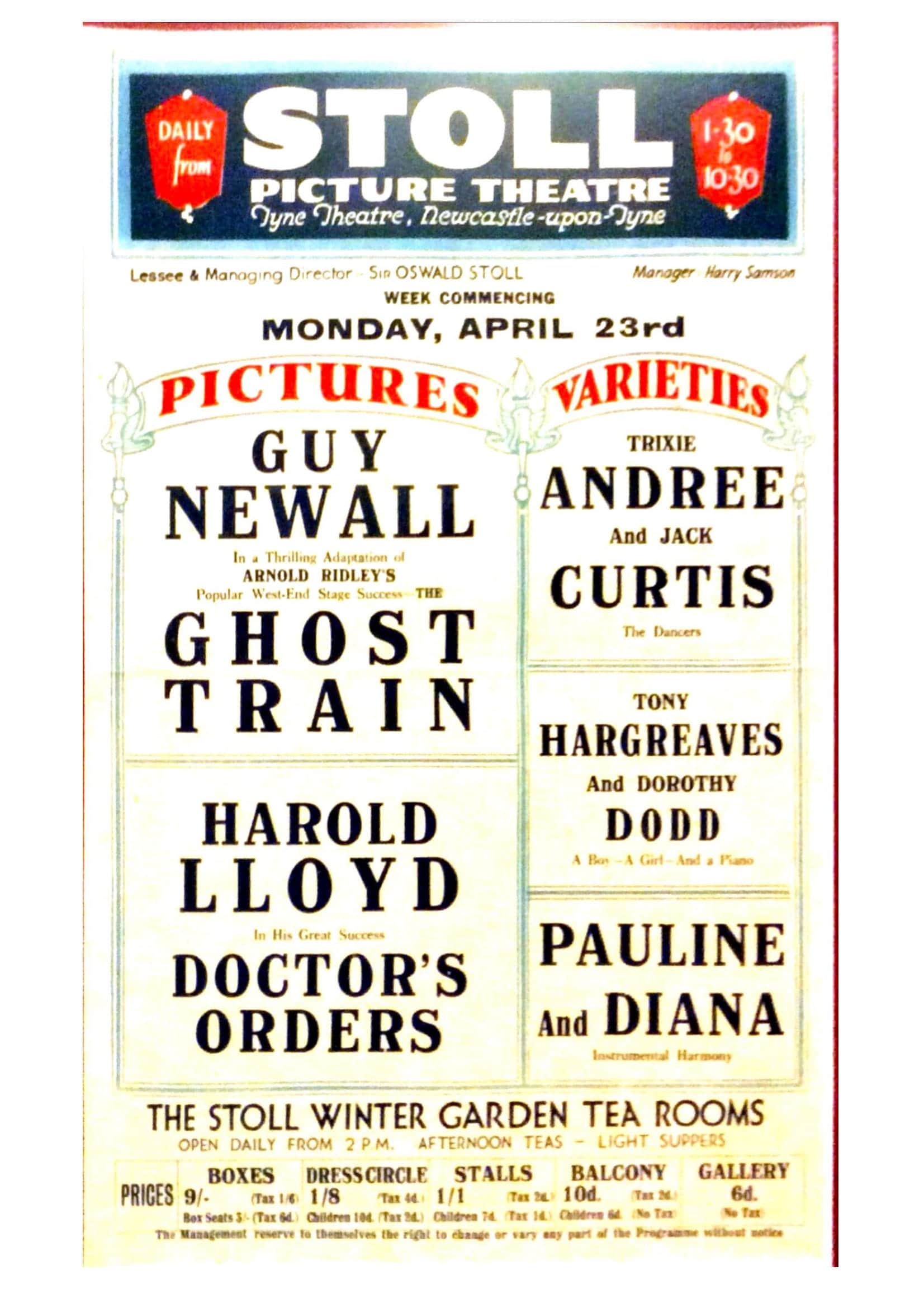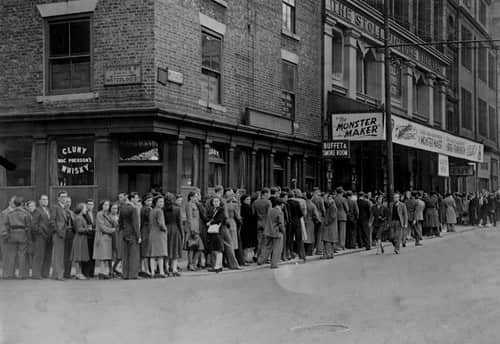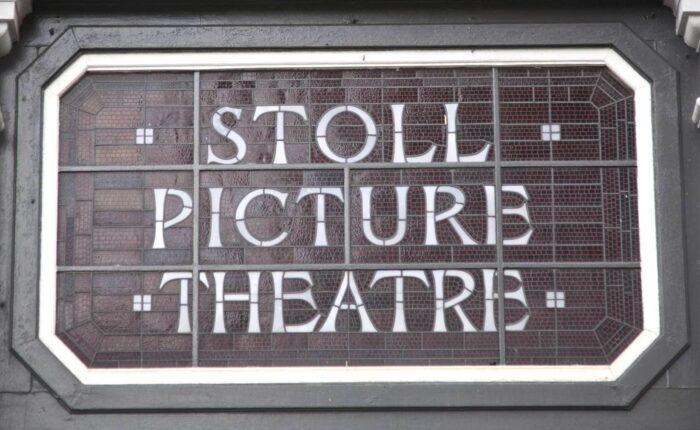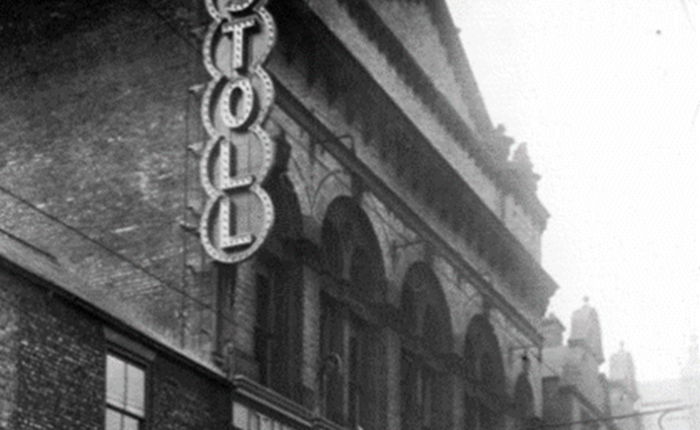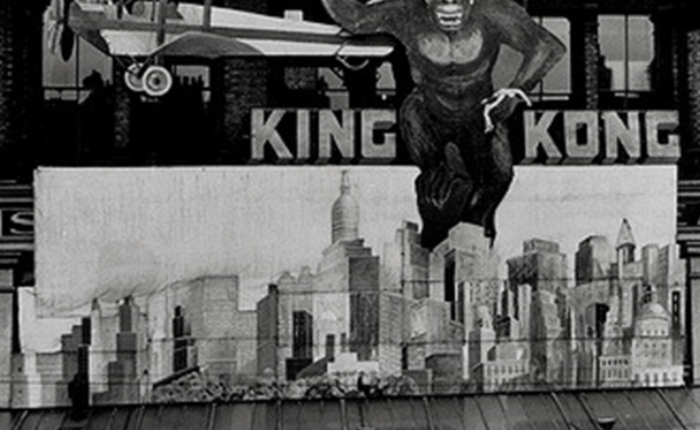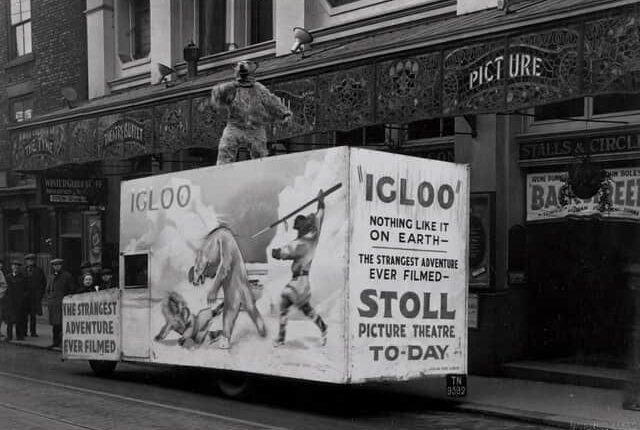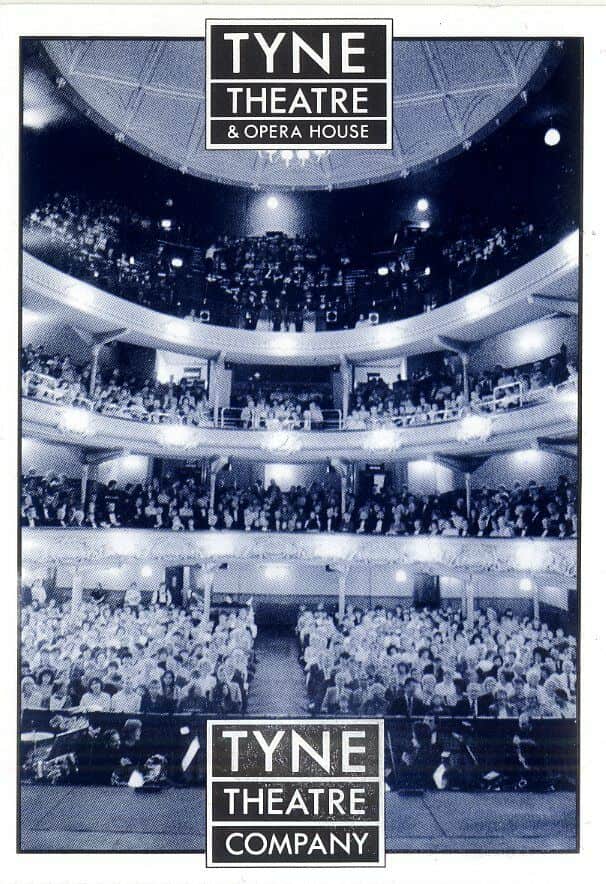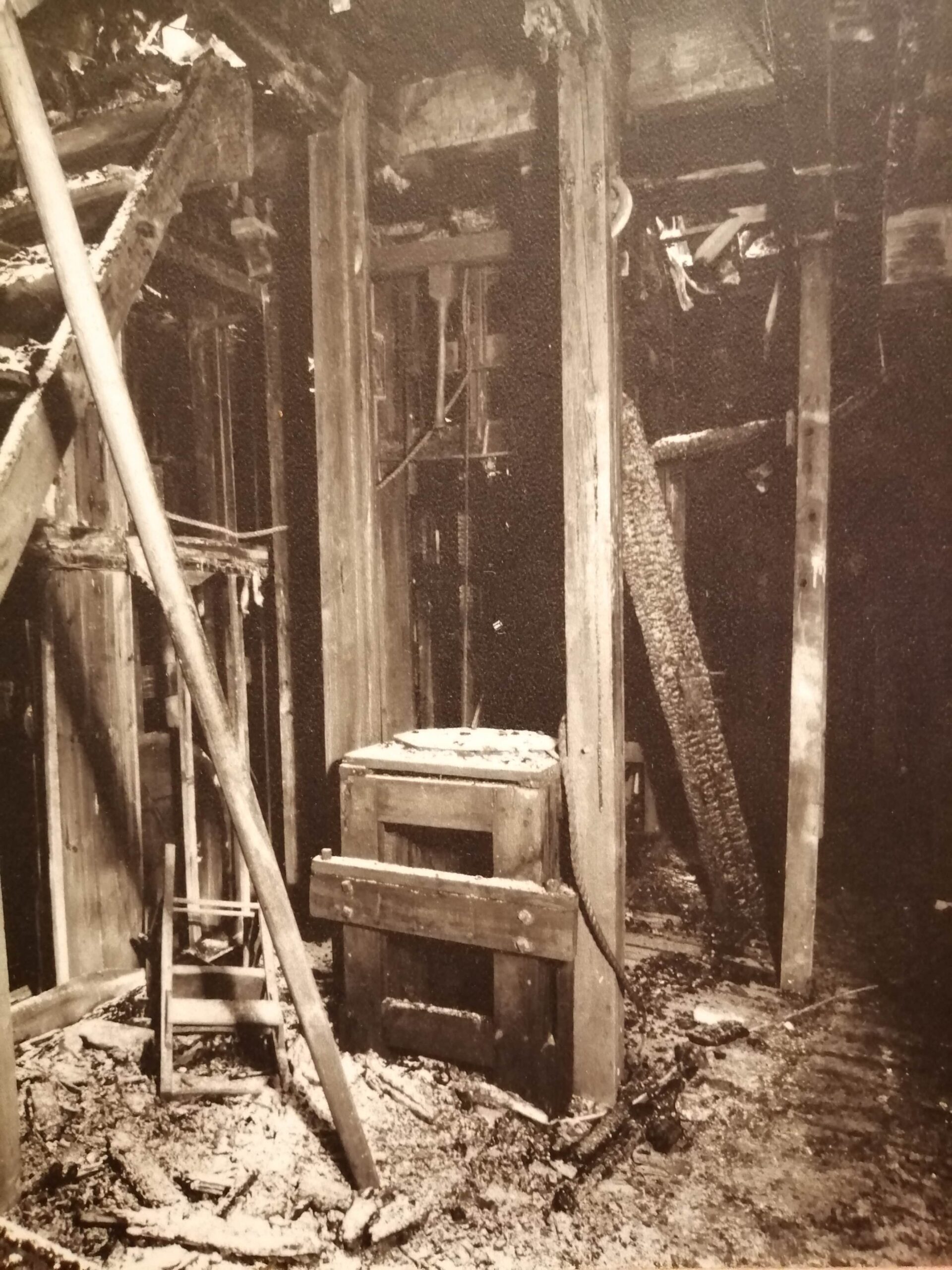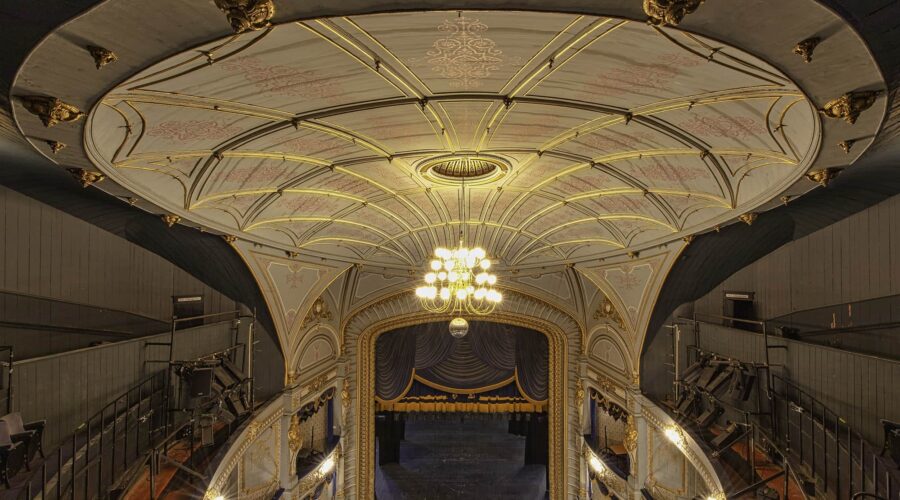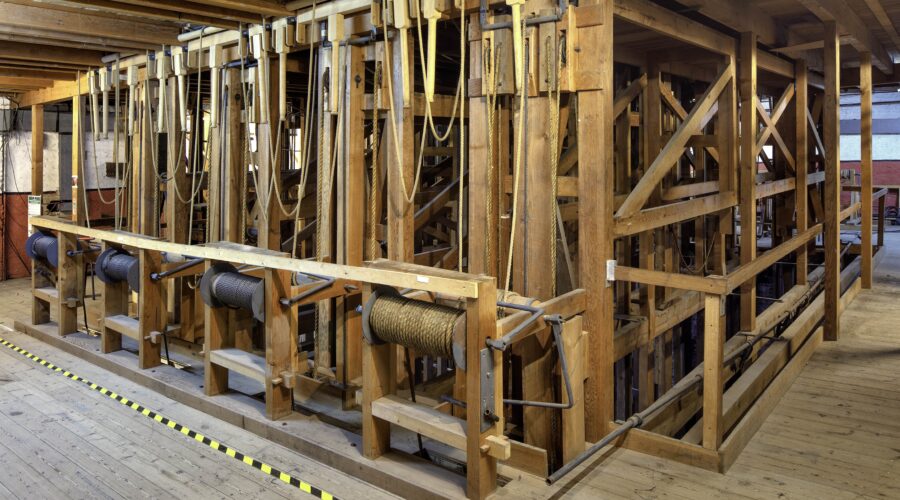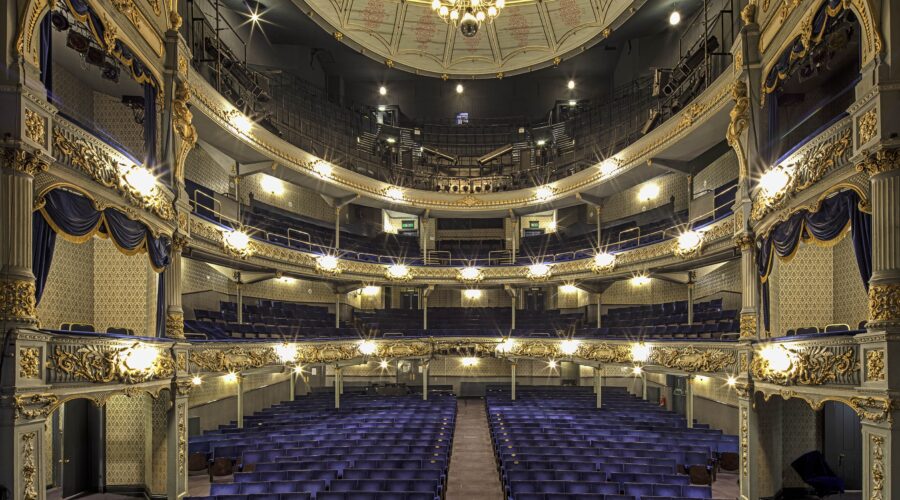The Tyne Theatre & Opera House opened in 1867 and was designed by William B Parnell for Joseph Cowen Jr. (1829-1900), a radical free-thinker, industrialist and politician. Money for the construction and possibly materials for the theatre came from the Cowen family business, the Blaydon Brickworks, four miles west of Newcastle.
Cowen, Thomas Forster (solicitor) and George Stanley (an actor-manager that ran the Tyne Concert Hall on Neville Street) wanted to build a theatre for the working classes in Newcastle that would satisfy public taste for spectacle. When the city magistrates denied Stanley a license to stage drama, Cowen was incensed, went into partnership with Stanley and financed the building of the Tyne Theatre & Opera House.
Joseph Cowen Junior was born at Blaydon Burn House, Blaydon. After private education in Burnopfield, he attended Edinburgh University, where he became interested in European revolutionary political movements. On returning from Edinburgh, Joseph Junior took a very active role in the family business and workers’ conditions.
Cowen, a formidable political force in the North East, represented Newcastle upon Tyne as its Liberal MP from 1874–1886. On Tyneside particularly, Cowen helped to politicise the miners and to bring reformers from the middle and working classes together.
Cowen’s desire for an expanded franchise (right to vote) also manifested itself through the facilitation of cultural activities. Cowen believed in the necessity of an educated democracy and saw participation in cultural activities as pathways to full citizenship.

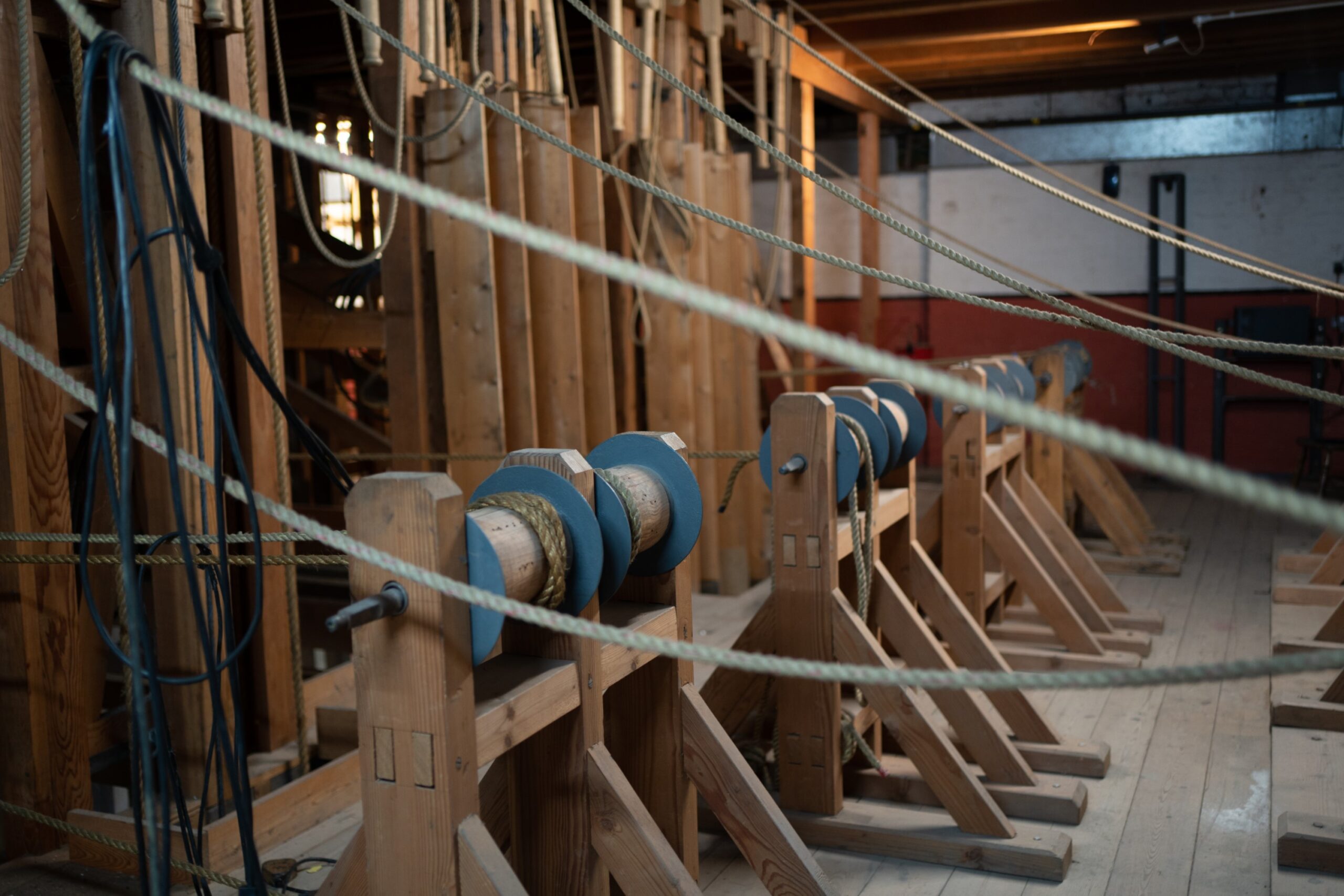
![North Country Elections [Master Joseph Offends the Caucus]](https://www.tynetheatreandoperahouse.uk/wp-content/uploads/2022/06/Master-Joseph-e1655890489886.jpg)
